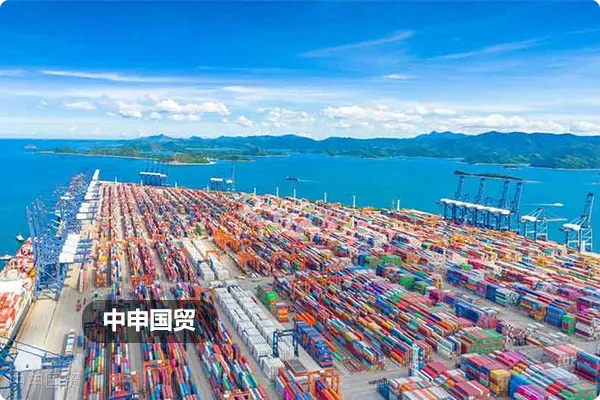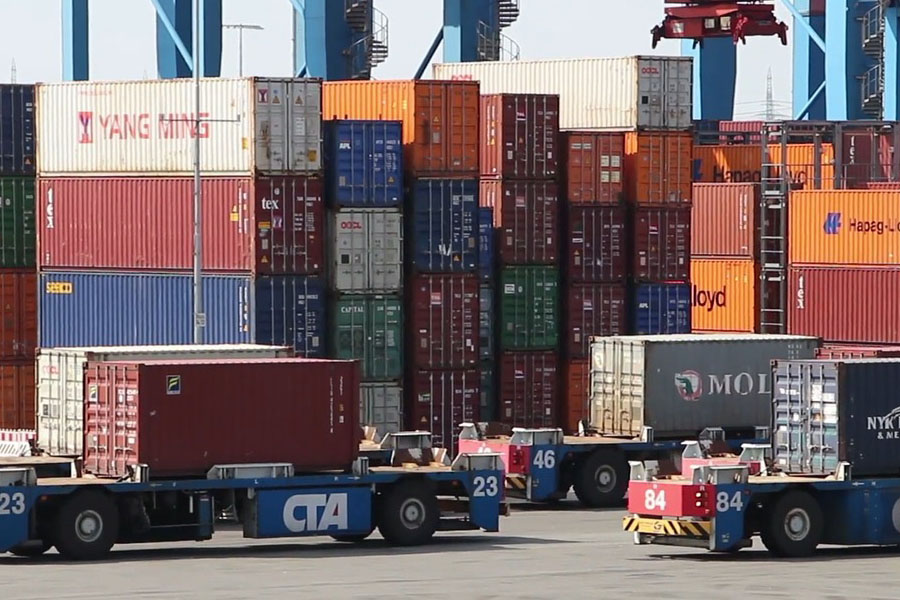- Shanghai Zhongshen International Trade Co., Ltd. - Two decades of trade agency expertise.
- Service Hotline: 139 1787 2118

Three major compliance challenges in the 2025 import equipment market
According to the latest data from the General Administration of Customs, precision equipment in the first half of 2025Equipment Importsshowed an 18.7% year-on-year growth in value, but the return rate increased by 2.3 percentage points. Medical imaging equipment, semiconductor manufacturing equipment, and industrial robots accounted for 67% of return cases, mainly involving the following compliance blind spots:
- Product certification time trap: FDA certification cycle extended to 8-12 months, CE certification added new EMC directive requirements
- Increased complexity in tariff calculation: Adjustment of rules of origin affects tariff rates application for 15% of electromechanical products
- Lack of customized logistics solutions: 62% of precision equipment damages stem from transportation solution design flaws
Four-step risk prevention and control system construction
A coastal manufacturing enterprise importing precision machine tools from Germany incurred an additional 25% tariff due to failure to identify American-made CNC modules in the equipment. This typical case revealsImport Representationcore value:
- Step 1 Qualification pre-screening
- Confirm whether the equipment is listed in the 2025 edition of Import License Catalog
- Verify whether the manufacturer possesses valid certification documents
- Predict component origin compliance risks
- Step 2 Tariff optimization modeling
- Utilize HS CODE intelligent matching system
- Verify applicability of free trade agreements
- Demonstrate declaration price reasonableness
- Step 3 Customized logistics solutions
- Precision instruments using air-cushioned shockproof containers
- Equip temperature-sensitive devices with real-time monitoring systems
- Plan special port lifting solutions for oversized equipment
- Step 4 Post-clearance service extension
- Connect bonded warehousing with rapid distribution
- Emergency parts channel during equipment debugging period
- Official communication mechanism for quality disputes
Five golden criteria for selecting agency service providers
A survey of 127 imported equipment buyers in the Yangtze River Delta region shows that high-quality agency service providers possess the following characteristics:
- Visualized industry experience:Medical EquipmentAgency must possess ISO13485 certification
- Dispute Resolution Method: Establish in-house customs clearance teams at major ports
- Risk early warning mechanism: Implement dynamic commodity database update system
- Emergency handling capacity: AEO certified enterprises achieve 40% faster customs clearance
- Value-added service extension: Provide post-import equipment3CCertification conversion services
When a biotech company imported laboratory equipment, the agency identified in advance that the centrifuge rotor was a controlled component, saving 28 working days through split customs declaration. This case confirms that professional agency services are not just document processing, but a risk management system throughout the supply chain. Choosing partners with technical analysis capabilities will become a core competitiveness for equipment importers in 2025.
Related Recommendations
? 2025. All Rights Reserved. Shanghai ICP No. 2023007705-2  PSB Record: Shanghai No.31011502009912
PSB Record: Shanghai No.31011502009912










